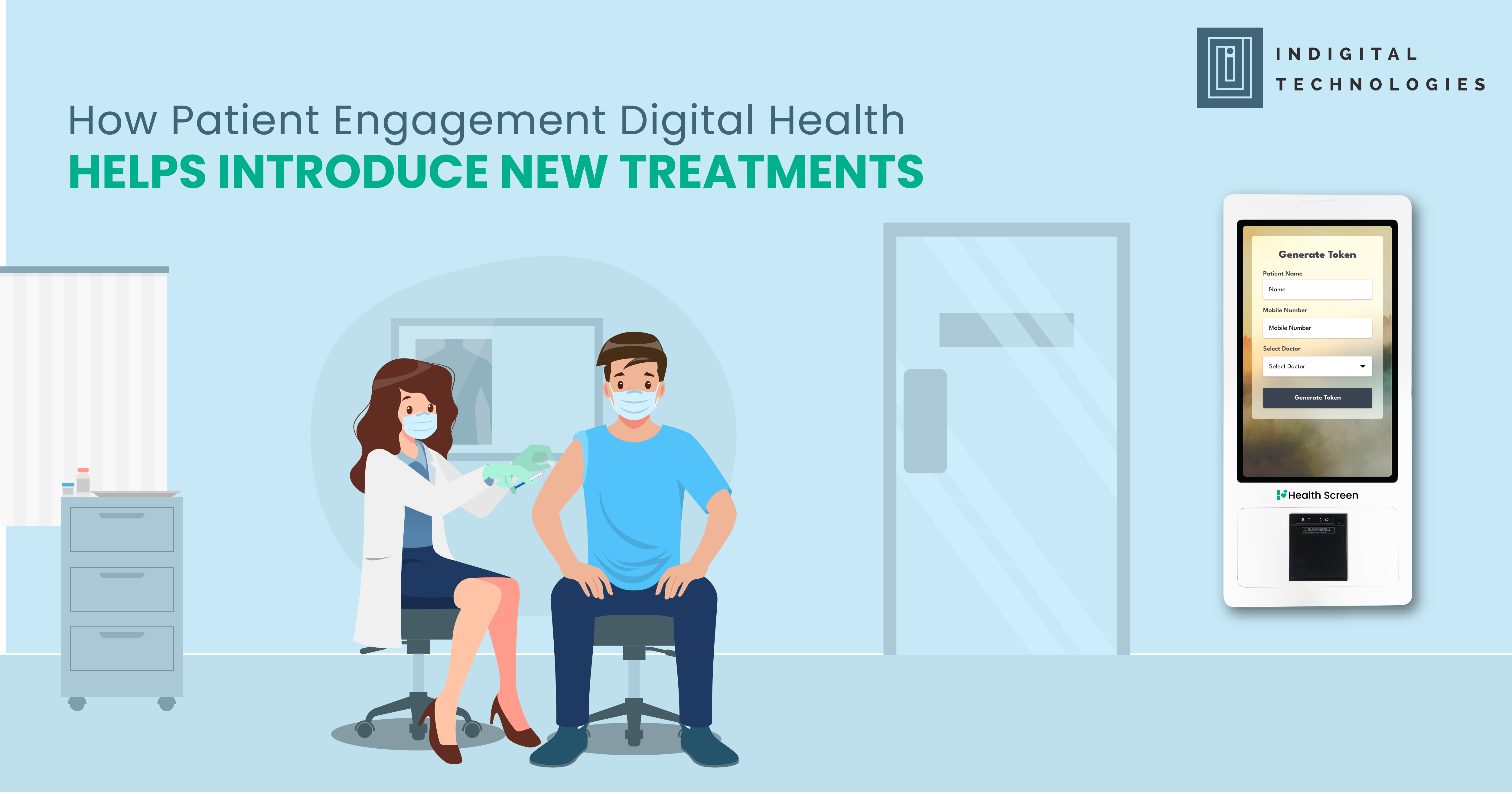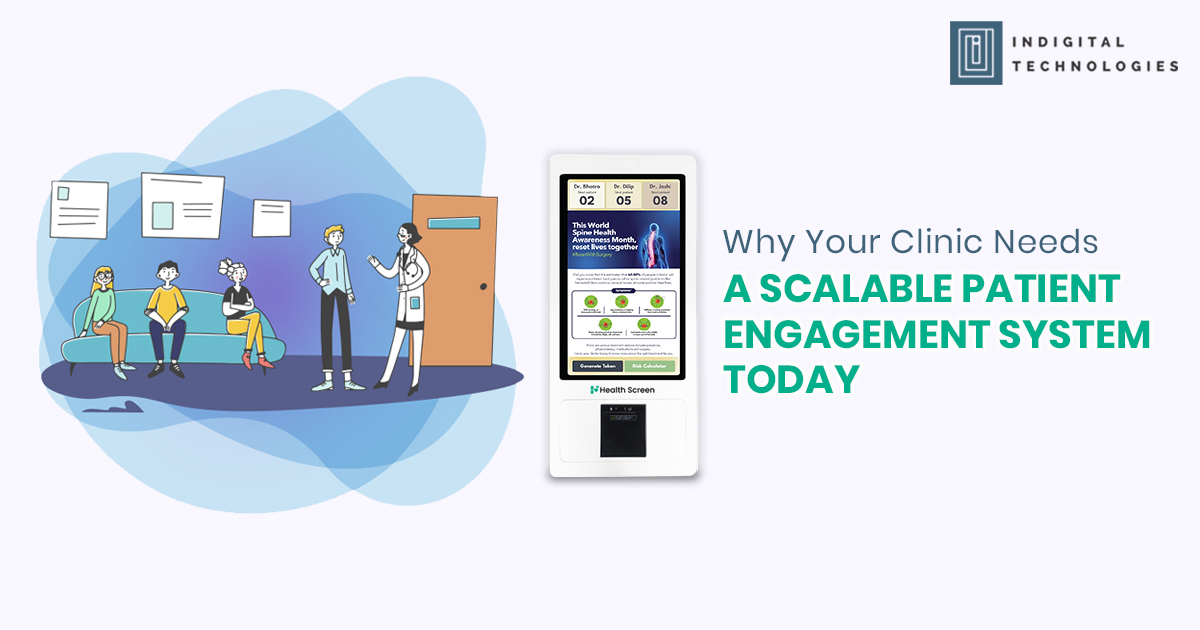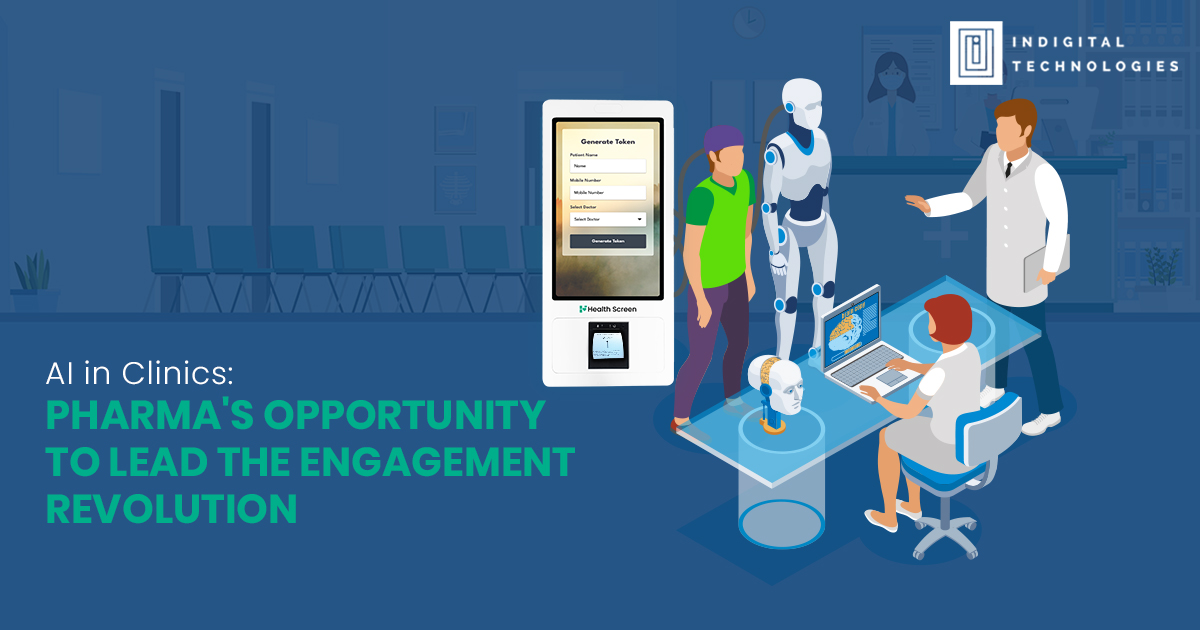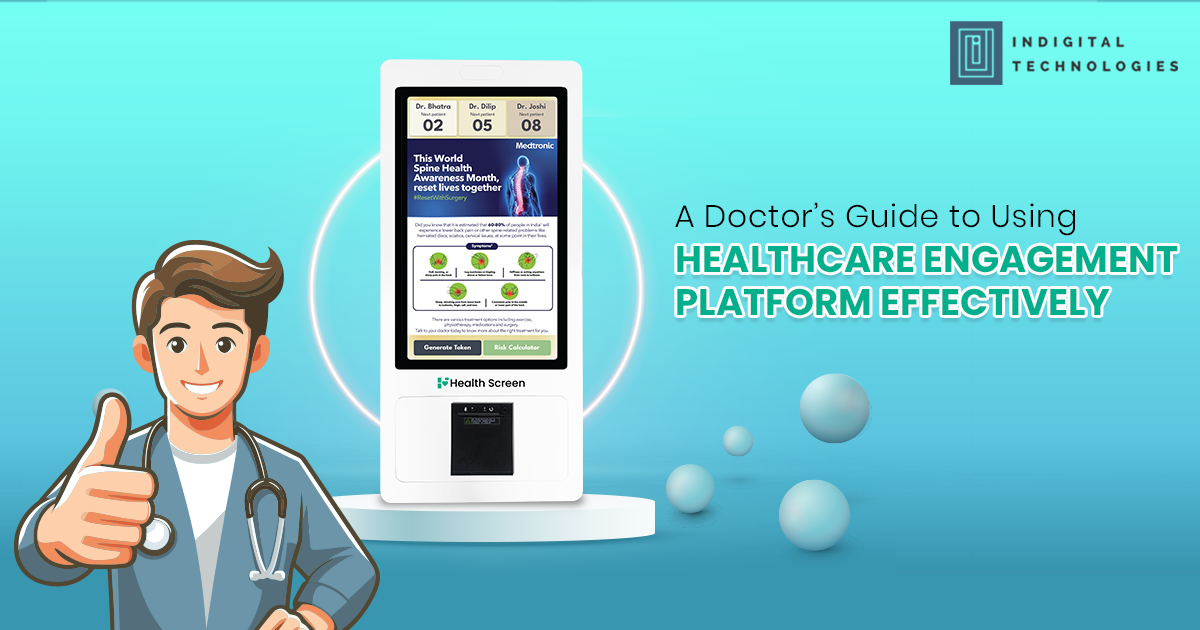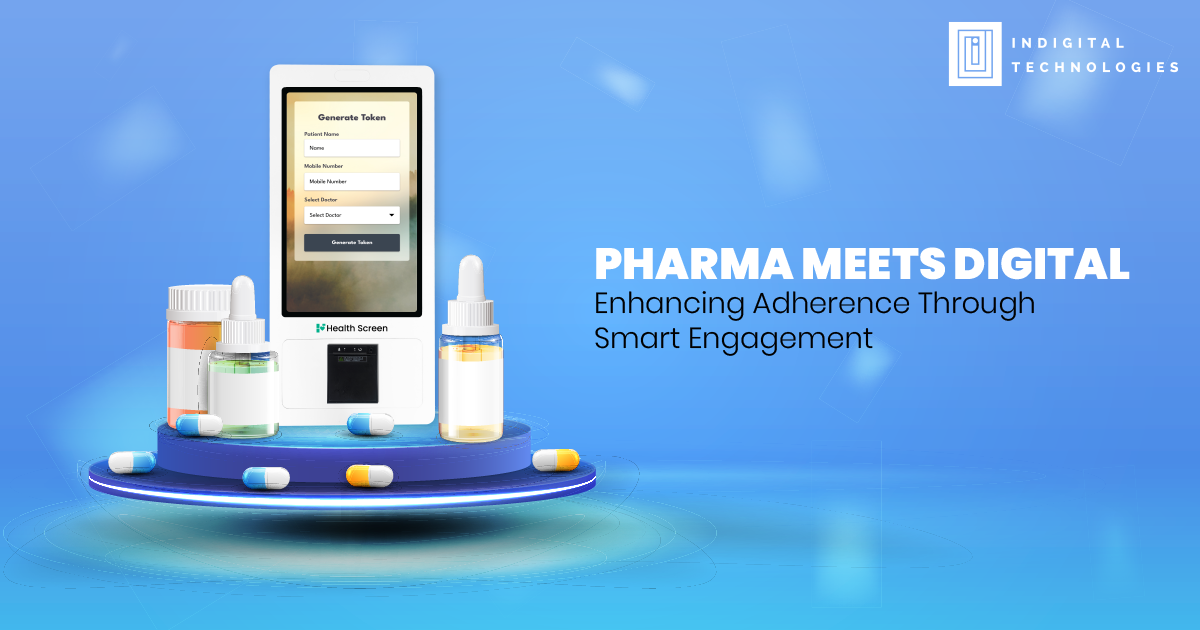Introducing a new treatment to the healthcare market is a major milestone — and a major challenge.
No matter how innovative or life-changing a drug or therapy may be, patient adoption is never automatic.
Patients must understand it, trust it, and feel confident about using it.
Doctors must believe it can help their patients and integrate it smoothly into practice.
In today’s digital-first healthcare environment, patient engagement through digital health is one of the most powerful ways to ensure that new treatments don’t just launch — they thrive.
The Traditional Barriers to New Treatment Adoption
Historically, several factors have slowed the adoption of new therapies:
- Lack of Patient Awareness: Patients often don’t understand why a new treatment might be better than their current one.
- Fear of the Unknown: Concerns about side effects, costs, or effectiveness cause hesitation.
- Limited Time for Doctor Education: Doctors have limited time during consultations to fully explain new treatment options.
- Low Initial Adherence: Even if prescribed, patients often fail to stick with new treatments without proper support.
These barriers can seriously hinder the early momentum crucial for a successful therapy launch.
That’s where digital patient engagement becomes an indispensable strategy.
How Digital Patient Engagement Supports New Treatments
Engagement platforms that educate, reassure, and support patients can dramatically smooth the pathway to adoption.
Here’s how:
1. Pre-Consultation Education
Before even seeing the doctor, patients can receive:
- Short videos explaining the new treatment
- Infographics outlining benefits, expected results, and safety profiles
- Testimonials from other patients (where appropriate and ethical)
Pre-conditioning patients with accurate, understandable information reduces fear and primes them for meaningful conversations with their doctor.
2. In-Clinic Reinforcement
During consultations, clinics equipped with digital tools can:
- Display educational videos in waiting areas
- Provide mobile-accessible brochures
- Offer interactive tools for patients to explore treatment options
This reinforces key messages and boosts patient confidence in their doctor’s recommendations.
3. Post-Consultation Support
After prescribing a new treatment, follow-up is critical.
Automated mobile reminders, adherence check-ins, symptom trackers, and motivational tips help patients stay on therapy — especially during the crucial first few weeks.
Research shows that patients are 45% more likely to continue new therapies when supported with post-initiation digital engagement.
4. Feedback and Continuous Improvement
Digital engagement tools allow clinics and pharma companies to collect real-time patient feedback on:
- Side effects experienced
- Ease of use
- Satisfaction levels
This data not only helps improve patient care but also provides pharma brands with invaluable insights to refine education and support programs.
Why Early Patient Engagement Matters
The first three to six months after a treatment launch are often the most critical:
- Doctors form their opinions based on early experiences.
- Patients shape their perceptions based on initial results and communication.
- Word-of-mouth (both offline and online) starts influencing broader patient populations.
Proactive patient engagement ensures that the early narrative surrounding a new therapy is positive, informed, and based on facts — not fears or misinformation.
Pharma’s Role: Going Beyond Promotion
For pharma managers, supporting patient engagement initiatives during new treatment launches offers several benefits:
- Increases Early Adoption Rates: Well-informed patients are more willing to try new therapies when recommended.
- Enhances Brand Reputation: Companies that invest in patient education are seen as partners in care, not just product sellers.
- Strengthens Doctor Loyalty: Doctors appreciate having digital education tools that make patient conversations smoother and more productive.
According to a 2024 industry survey, brands that integrated patient engagement strategies at launch saw a 55% faster adoption curve compared to those using traditional methods alone.
Real-World Success Stories
Several recent product launches highlight the power of digital patient engagement:
- A respiratory drug manufacturer introduced a mobile education and reminder app during launch and achieved 20% higher adherence rates within six months compared to similar launches without digital support.
- A biologic therapy for psoriasis used interactive in-clinic tools combined with post-visit mobile check-ins and saw a 30% higher continuation rate among patients after 90 days.
Such successes are not accidental — they are the direct result of thoughtful, patient-centered engagement strategies.
The Future of Treatment Launches: Digital and Personalized
Looking ahead, the role of digital patient engagement in new treatment launches will only grow:
- AI-Personalized Education Journeys: Patients receive tailored information based on their health profile, treatment goals, and communication preferences.
- Omnichannel Experiences: Coordinated messaging across mobile apps, email, websites, and even wearable devices ensures patients stay connected.
- Behavioral Insights: Engagement platforms will increasingly analyze patient behavior to predict who may need extra support or motivation.
Pharma brands that embrace these innovations will lead the way in building not just awareness — but true adoption and loyalty.
Conclusion
Launching a new treatment is no longer just about informing doctors and hoping patients follow.
It’s about actively engaging patients at every step of their journey — before, during, and after they make treatment decisions.
Digital health engagement platforms offer the tools to build knowledge, confidence, and trust — the three pillars necessary for successful adoption.
By investing in patient engagement from day one, doctors, clinics, and pharma brands can transform promising therapies into life-changing realities for the patients who need them most.
In today’s healthcare world, engagement is the new key to adoption — and those who master it will shape the future of medicine.

